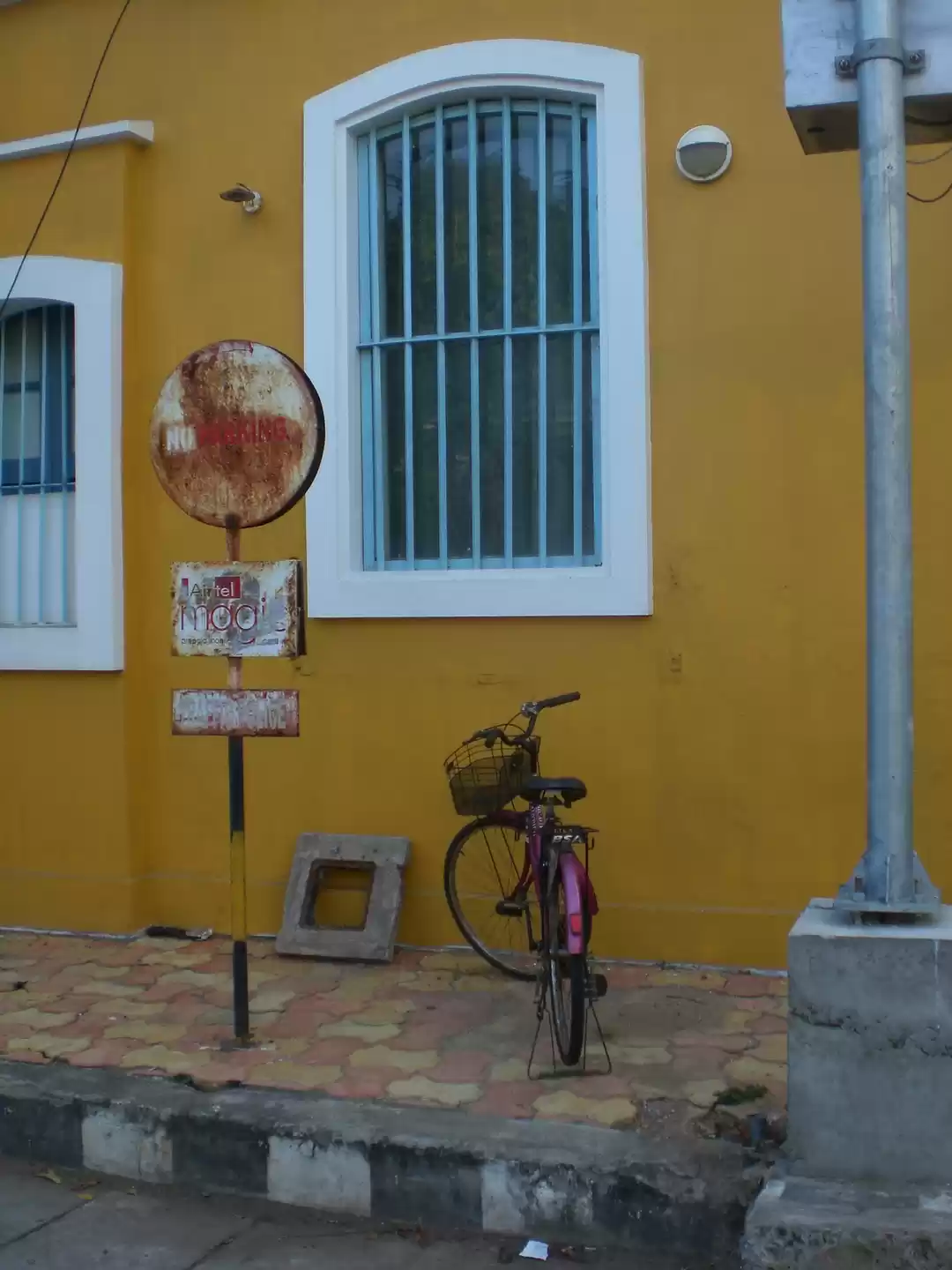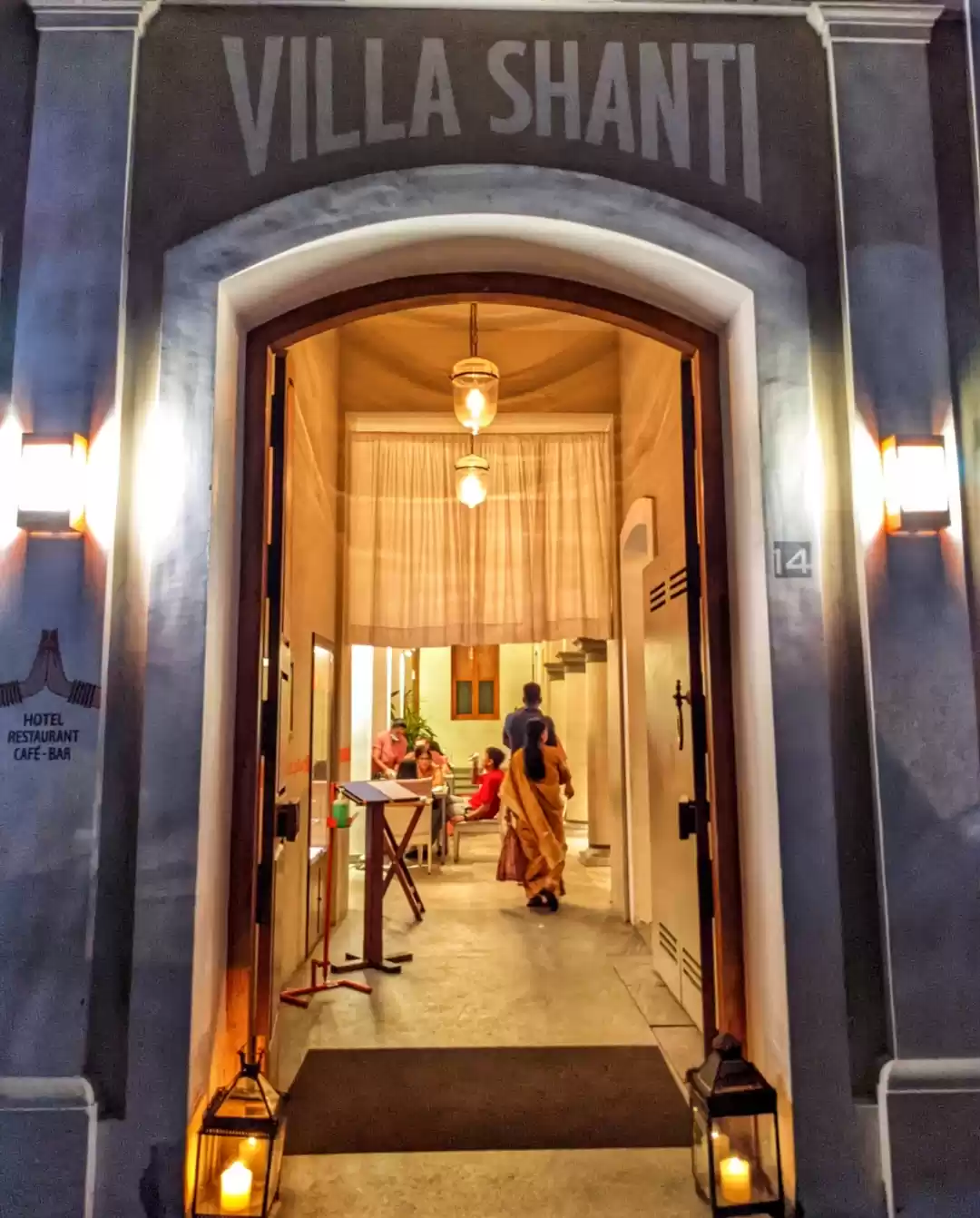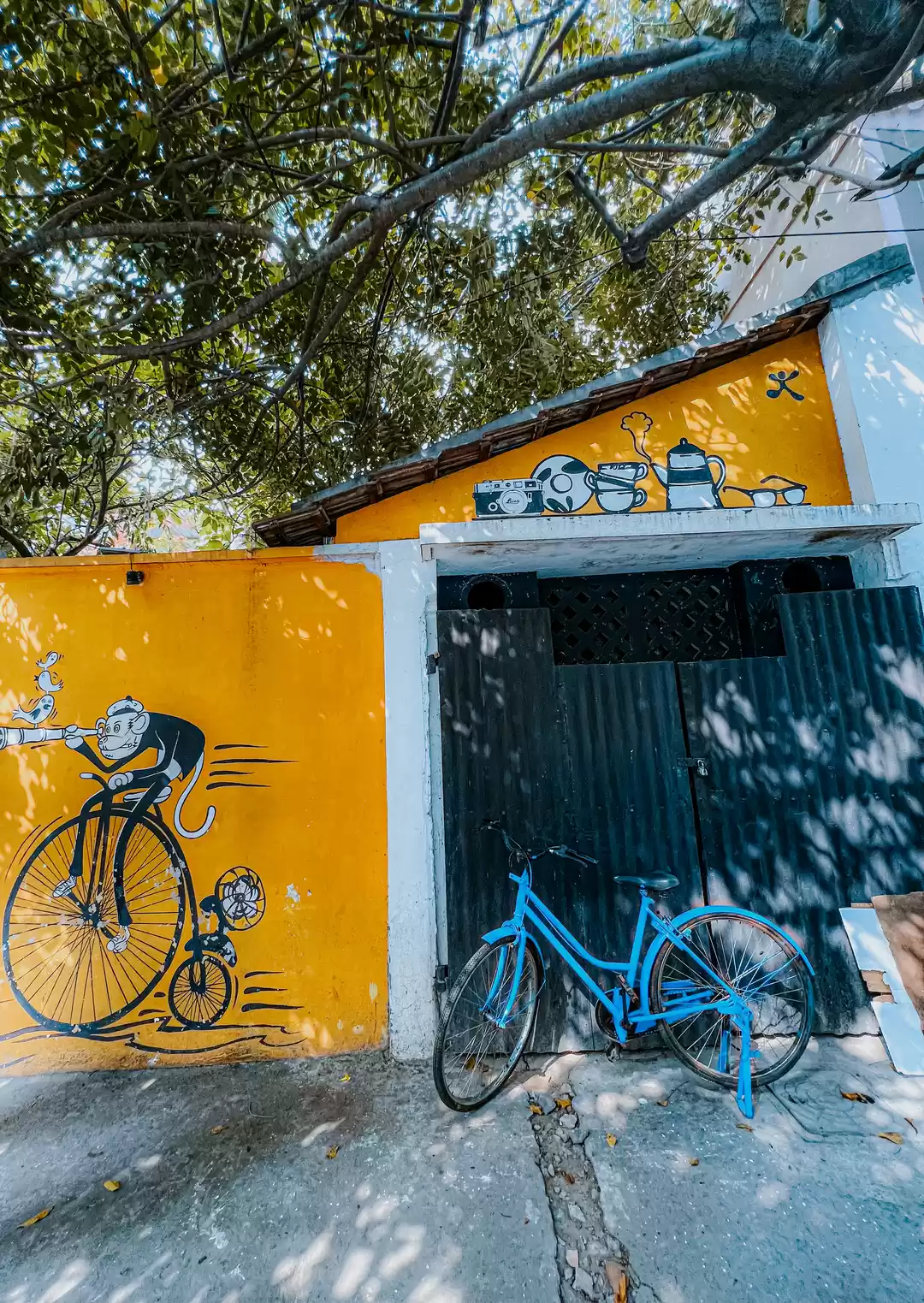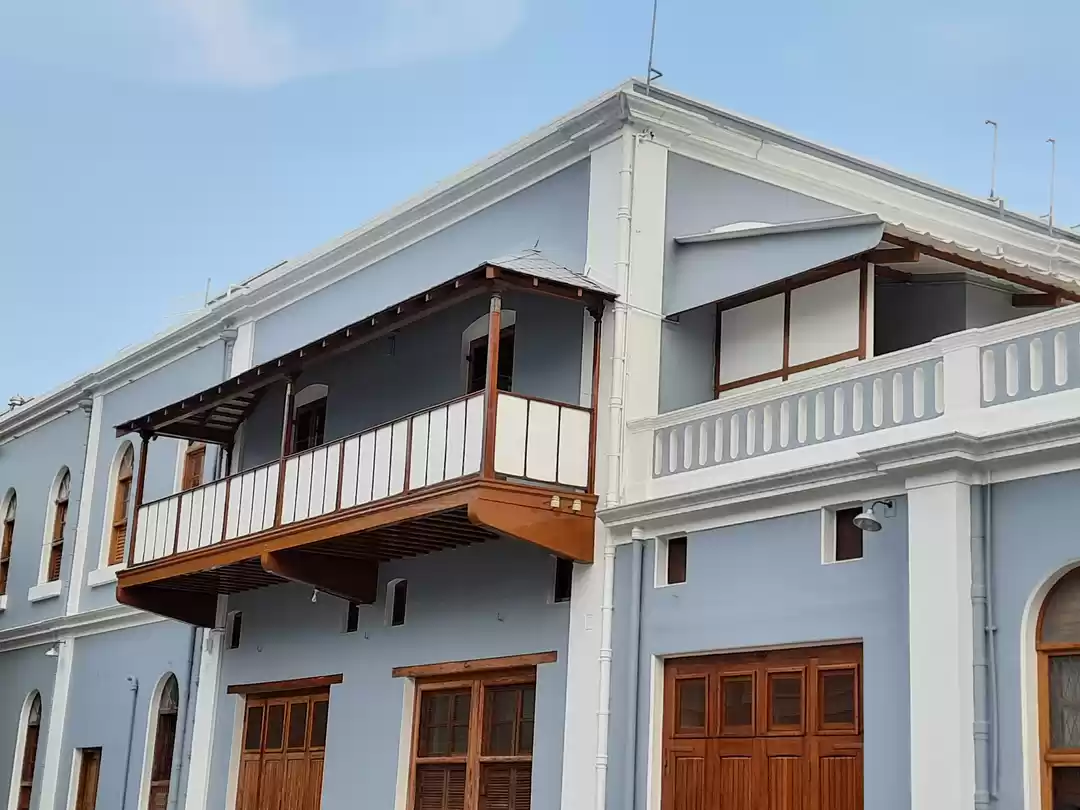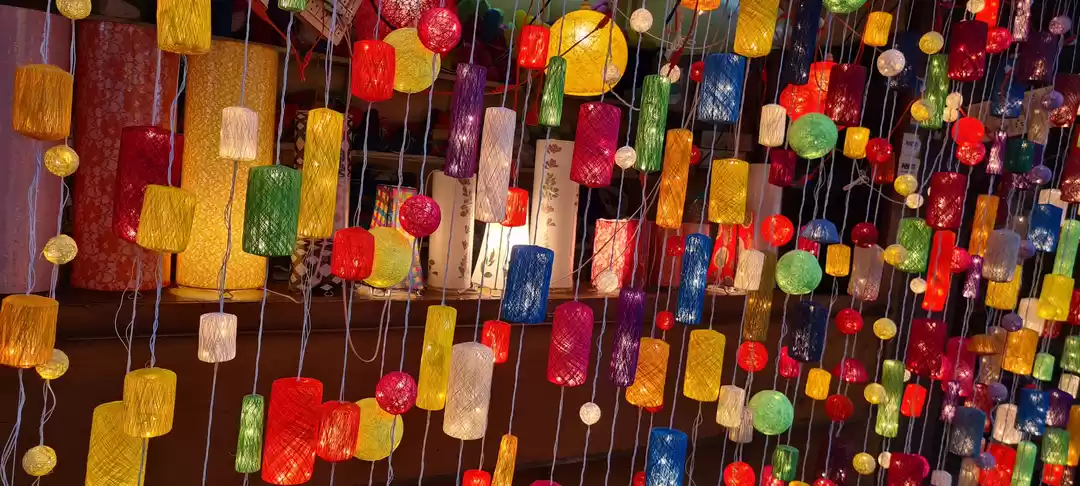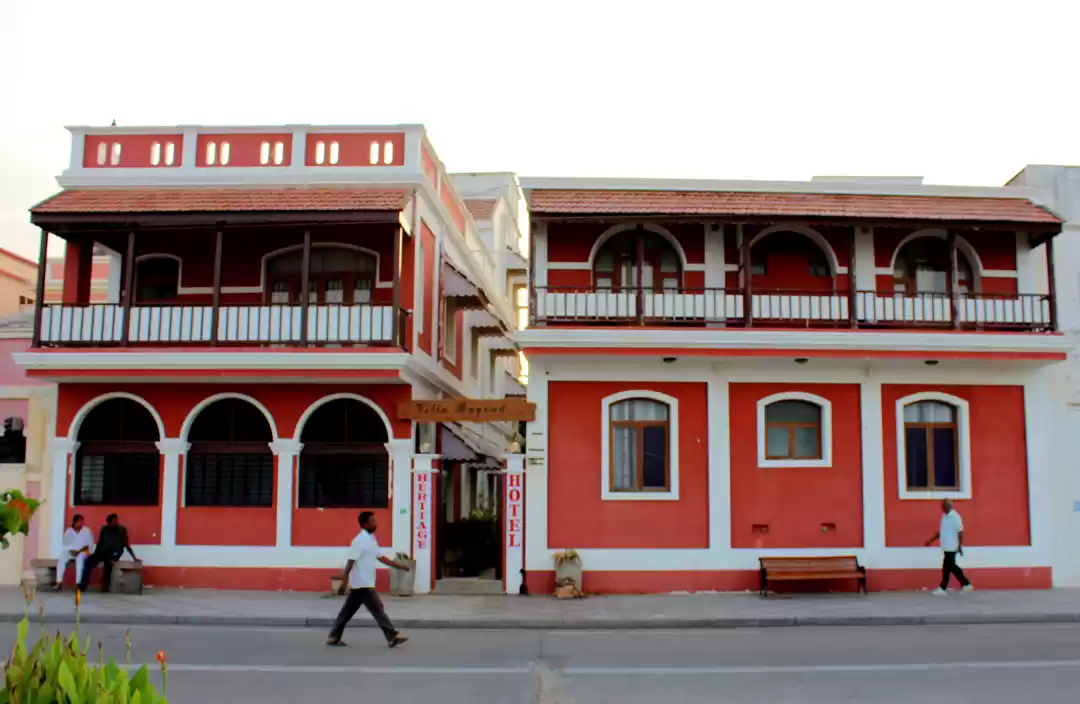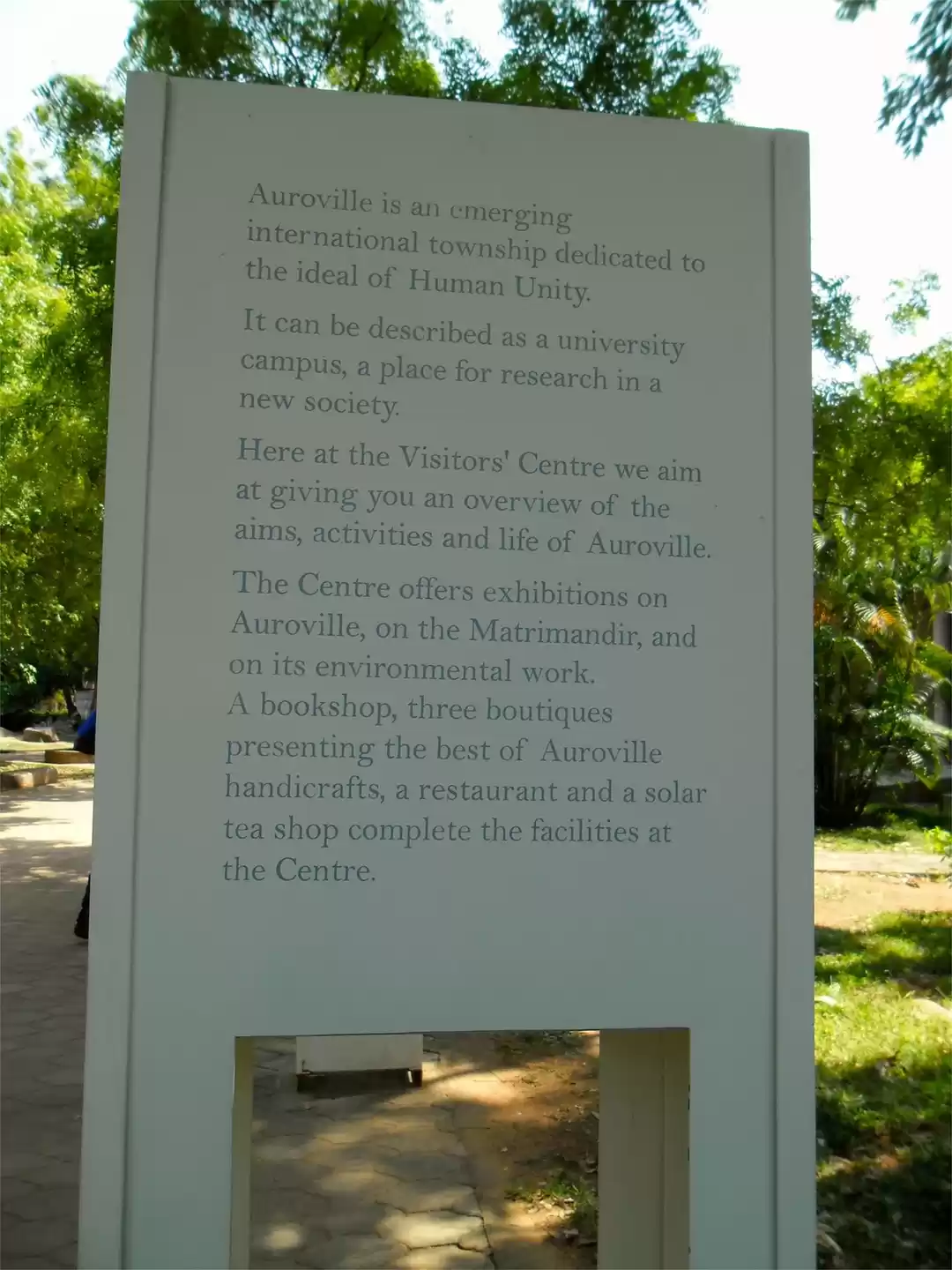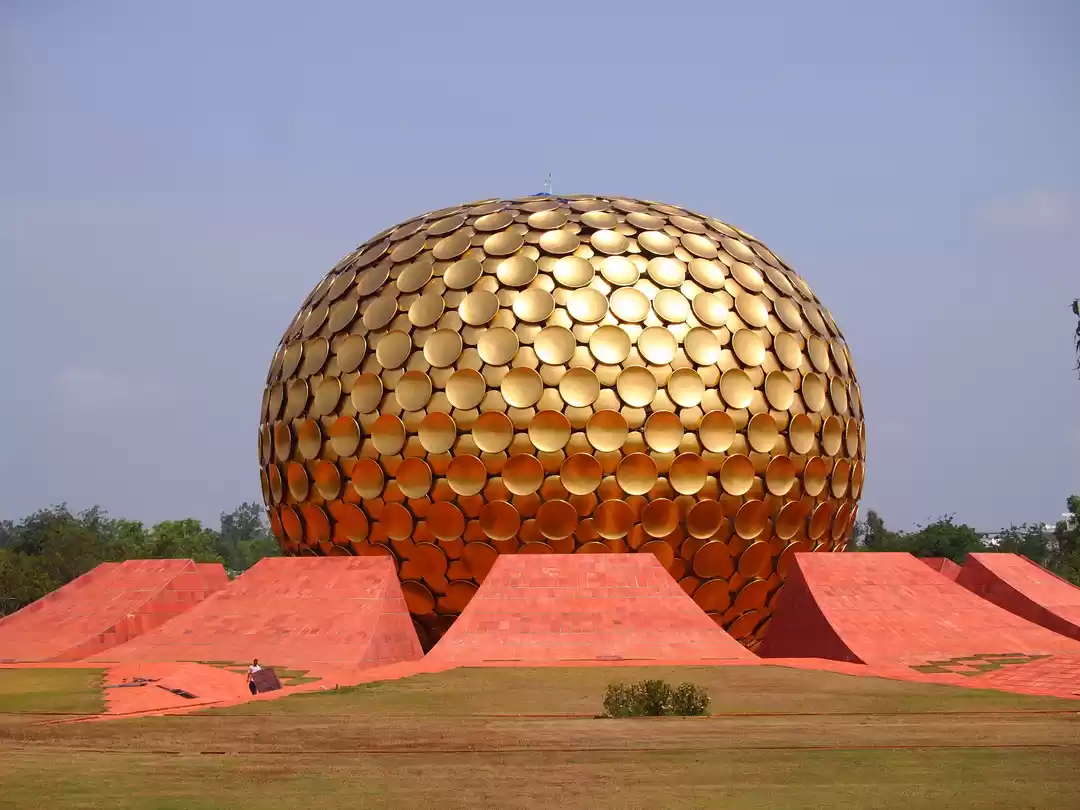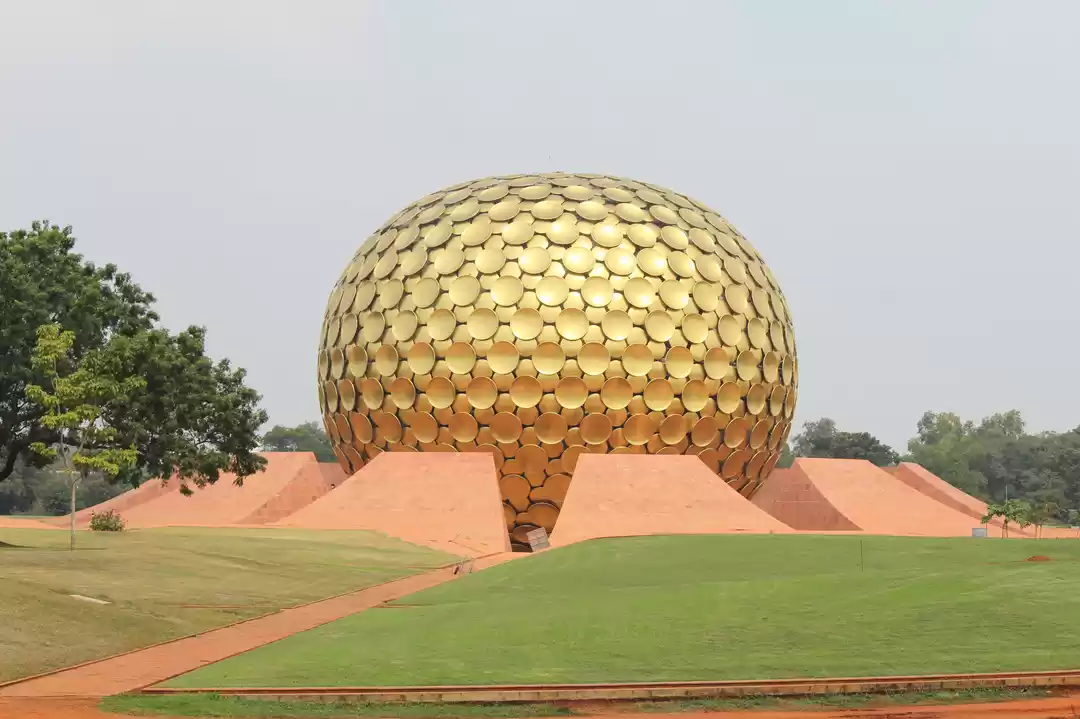The soul of the city. Panacea that brings peace. Harbinger of spiritual solace. Many of us have heard of the famous Pondicherry landmark- the Matrimandir at Auroville. Today, this structure stands as an iconic landmark, signifying all that is pure and divine. Flocks of tourists and spiritual seekers alike throng the sacred sanctuary, some to seek a flash of divinity, others merely in awe of its impending awesomeness. But how many actually know the significance and history behind one of India’s greatest architectural marvels. So, if you have not yet been blessed by the golden glow of this globe, make sure you make an informed visit, by knowing the what, why and how of the Matrimandir.
The Root Foundation
It all started with the vision of the Mother (June, 1965), devoted disciple of Sri Aurobindo Ashram. The spiritual story of Auroville started with an intent to build a “universal town where men and women of all countries are able to live in peace and progressive harmony, above all creeds, all politics and all nationalities. The purpose of Auroville is to realise human unity.” This is the concept on which Auroville is built upon, and the centre of this was naturally deemed to be a “Park of Unity” a park where there would be a “Pavilion of Truth”, or “Pavilion of [Divine] Love”, or “Pavilion of the Mother”. With this in mind, in 1970, French architect, Roger Anger conceptualized the Matrimandir to be the centre of Auroville, which itself was founded in 1965. After much discussion and revision, finally the foundation stone was laid on 21st Feb, 1971, as per her directive- ‘The Matrimandir wants to be the symbol of the Universal Mother according to Sri Aurobindo teaching’.

What to Admire: Architecture that Espouses Human Values
Each element of the Matrimandir has been designed with a specific underlying rationale in mind.
The four pillars or personalities: The four pillars i.e. the North, South, East and West pillars are named after the four ‘Aspects’ or ‘Personalities’ of the Supreme Mother, that is respectively: Mahakali, Maheshwari, Mahalakshmi, Mahasaraswati.
The power of twelve: Twelve meditation rooms lie inside the Matrimandir’s twelve large ‘petals’, after her twelve ‘Virtues’ or ‘Qualities’ i.e. Sincerity, Humility, Gratitude, Perseverance, Aspiration, Receptivity, Progress, Courage, Goodness, Generosity, Equality, Peace. What it interesting is that this symbolism of 12 has been carried forward to the landscaped gardens, each meditation room being flanked by a unique garden-design that expressed these values.
The Banyan Tree- the epicentre: The geographical centre of the spiritual township was depicted by a lone Banyan tree. A tour of the landscaped outdoors takes you to this phenomenal floral specimen.
The Amphitheatre: A social place where activities of spiritual significance were carried out, within which is a white Urn, where the momentous inauguration of Auroville took place. Representatives from each of India’s states and from global countries placed a handful of soil of their home-soils in this Urn, signifying acceptance of a global audience.
The glow of golden discs: What transports someone to a different world is the golden aura that the structure exudes. Simply sitting at the viewpoint gardens and revelling in the resplendence of the golden globe is priceless! But what creates this golden glitter comes at a high price- it is made of real gold. Yes, indeed! While the disc frames and discs themselves are stainless steel, they are embellished in 28 gm of gold per 1000 leaves. A total number of 1415 discs create a stunning effect.
The sacrosanct Inner Chamber: The inner chamber is the ultimate refuge for inner peace. Shaped like a cosmic egg, its white marble walls exude an active aura of austerity. What truly mesmerizes is the famous crystal globe- placed at the centre of this chamber and lit up by a heliostat that directs the sun’s rays to it. The heliostat is ingenuous in design- it houses a mirror which rotates in consonance with the movement of the earth so that the sunlight is reflected constantly at the same angle, creating a constant lighting effect. A tour of the inner chamber allows one to sit and meditate in this peaceful environment, transfixed somewhere between human life and divinity.
These architectural features are a treat to the eyes, they make the Matrimandir stand in all aplomb, as a lotus in full bloom emerging from twelve large ‘petals’. As it dazzles with the glinting sun, one forgets all that is earthly and transports to the surreal world of spiritual bliss.

Why Visit?
But the Matrimandir is not merely an object of allure for architectural connoisseurs, and spiritual seekers. Its relevance cuts across the man-made boundaries of religion, caste, creed, geography and so on. For, Auroville was conceptualized as a global village, welcoming one and all to the teaching of Sri Aurobindo. The name 'Matrimandir' means literally 'Temple of the Mother'. According to Sri Aurobindo's teachings, the 'Mother' concept stands for the great evolutionary, conscious and intelligent principle of Life, the Universal Mother. This is thus a reprieve for even the far-removed- atheists and agnostics, believers, and those on different paths of life, but with a singular aim of seeking peace. The very fact that the large open area that houses this grand structure is named “Peace” itself. Apt for a peaceful escape for urban-dwellers like you and me!

Frequent searches leading to this page:-
pondicherry white town tour, pondicherry travel tour bus, pondicherry tour agents, pondicherry auroville matrimandir




